
Agriculture in Lithuania
Farming. Agriculture is one of the oldest businesses in Lithuania. The main food products were grains and meat. The most important grain crop was rye, but wheat, oats, barley, millet and buckwheat were also cultivated. The most popular vegetables were turnips, and legumes such as peas, beans and lentils were also grown widely. Lithuanians have long raised cattle, pigs, sheep and goats, and later – horses as well. From 1919 to 1940, agricultural products accounted for about 90 per cent of Lithuanian export. The level of Lithuanian agricultural production at that time was similar to that per cent of other Western European countries. The majority of the country’s population made a living from agricultural activities. After the 1940 occupation, the Soviets destroyed Lithuania’s market-oriented structure of agriculture, changed land ownership, and began to implement the Soviet structure of agriculture, during which collective farms were established. After Lithuania regained its independence in 1990, land reform was carried out and agriculture was restructured.
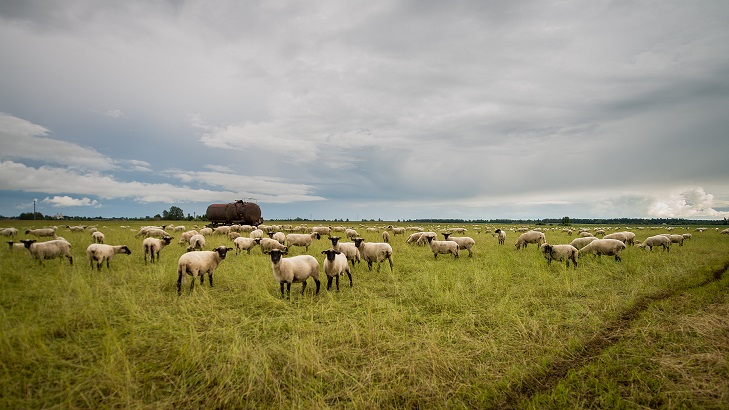 |
.jpg) |
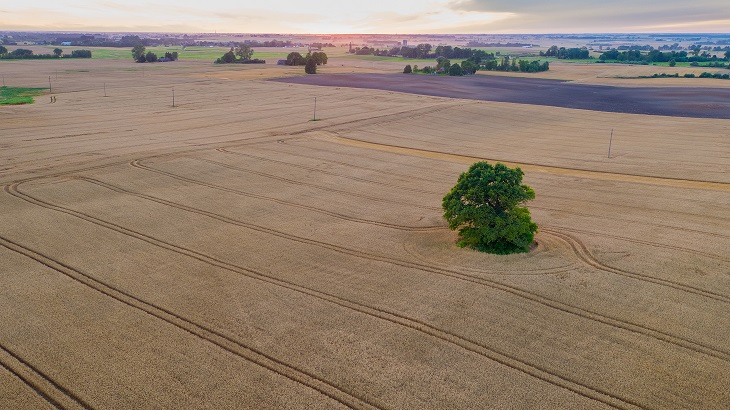 |
Livestock breeding. Bovines, cows and goats have been mentioned in Lithuanian historical sources since the 11th century. Later, raising cattle and pigs became predominant, and the third largest group of domestic animals consisted of small bovids (sheep and goats). Livestock has always been an important source of food in Lithuania, providing meat and milk, as well as wool and fur for clothes, and leather for shoes and other products. A number of articles were made from the bones and horns of domestic animals. An important branch of animal husbandry was the breeding of horses, which, as agriculture developed, became increasingly important due to their pulling force. Of the other activities that fed the people, the most important was beekeeping, which yielded wax even for export by the late 13th century.
 |
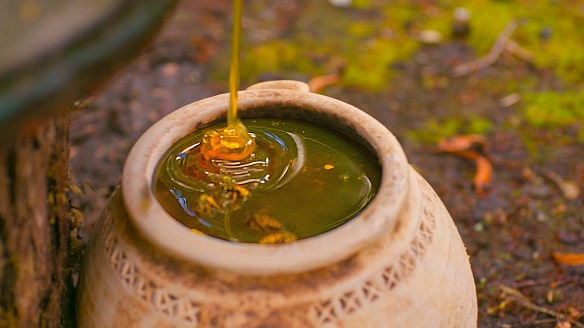 |
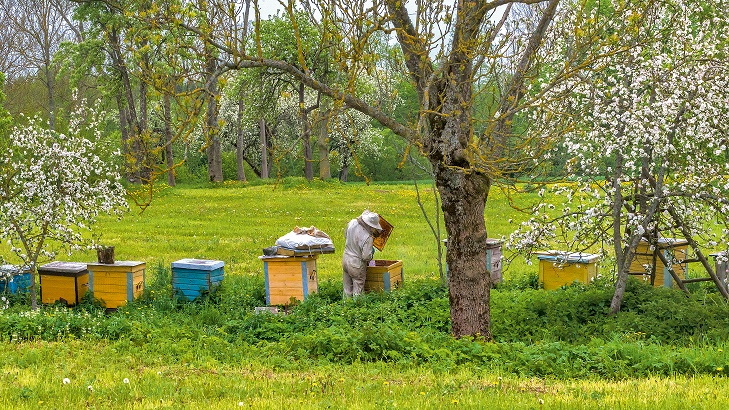 |
Fisheries and fishing. Fisheries and fishing have deep traditions in Lithuania – it has long been one of the most important businesses in the country. Fish were not only caught in rivers and lakes, but also bred in ponds. The first ponds appeared in Lithuania in the 15th–16th century. Their emergence was influenced by Lithuanian nobles. The areas of the ponds expanded in the late 19th century and early 20th century. Until the restoration of Lithuania’s independence, all of the large fish farms were run by the state or cooperatives (collective farms, associations). Now they have become limited liability companies or private limited liability companies.
True fishing is considered to have appeared during the Middle Stone Age, when people would catch at least 17 species of fish – most frequently pike, perch, bream and tench. Spearfishing is an ancient method of fishing that was known throughout Lithuania. Ice net fishing is an old form of fishing that was already mentioned in historical sources in the 16th century. This method does not cause any significant damage to the fish stocks – the fishing is done with fine nets that the fish are lured into with sounds. After being shaped in the late 19th century, this method of fishing was gradually modified and improved until it reached our times, having preserved the century-old traditions.
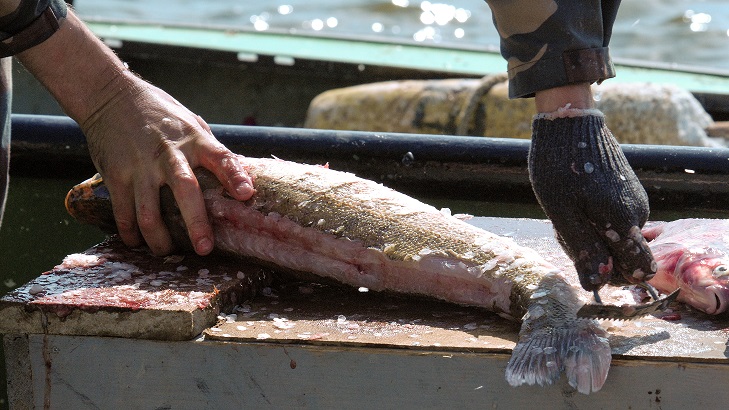 |
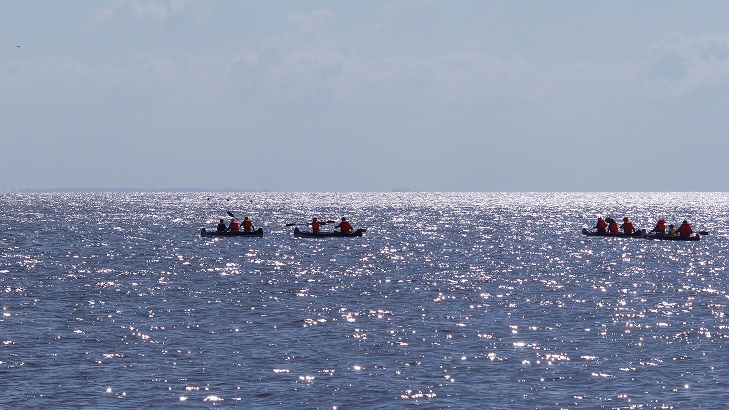 |
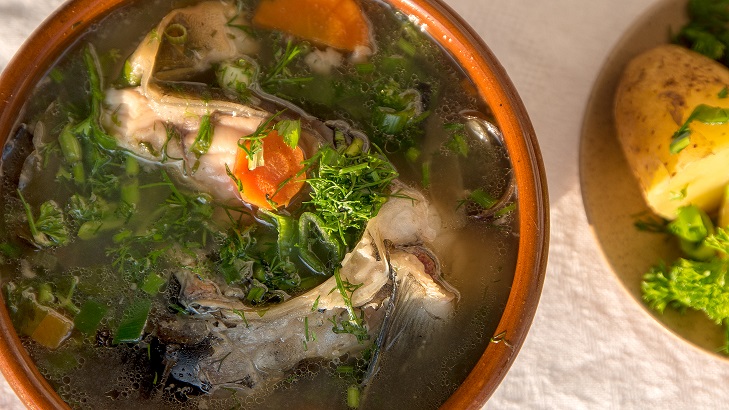 |
Orchards. Orchards already began appearing in Lithuania at manors and monasteries in the 14th century. Since the end of the 19th century, orchard plants spread profusely at Lithuanian farmsteads, when grafts taken from manor and monastery orchards were grafted onto European crab apple trees and pear trees. The development of orchards accelerated in the second half of the 19th century after the abolition of serfdom. There are currently about 2,200 varieties and forms of orchard plants being grown in Lithuania. In terms of genetic resources, the heirloom folk crop apple, pear, sour cherry and plum varieties are extremely valuable.
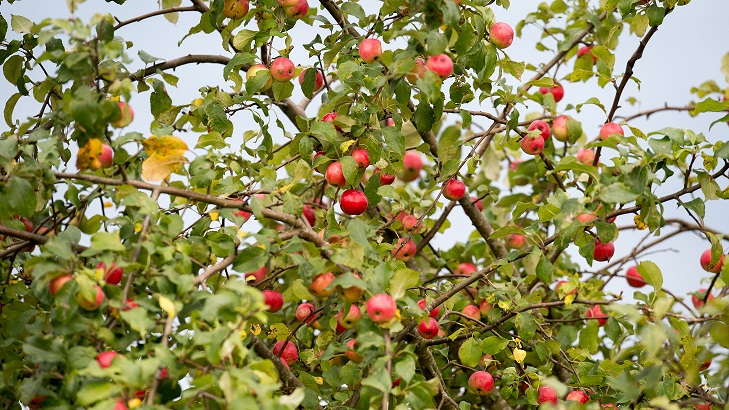 |
Crafts are traditional professions where people called artisans usually produce items with tools by hand. The secrets of the craft were passed down from generation to generation (by a father to his son or by a master to his student). In the Middle Ages, crafts underwent the most rapid development in the cities, and especially in Vilnius, which became Lithuania’s artisanal centre. From the late 13th century to the 14th century, handicrafts broke away from traditional business and became an independent branch of the economy. Crafts in Lithuania were flourishing – carpenters were building houses and making furniture and spinning wheels, and coopers, clog makers, basket makers, binders, shoemakers, tailors, weavers, wheelwrights, blacksmiths and furriers all had plenty of work. Potters, book binders, jewellers and artisans who worked with iron, leather and stone were also popular. Domestic crafts existed in rural areas until the 20th century – home-made agricultural equipment, fabrics and food products that were used by the family and the farm.
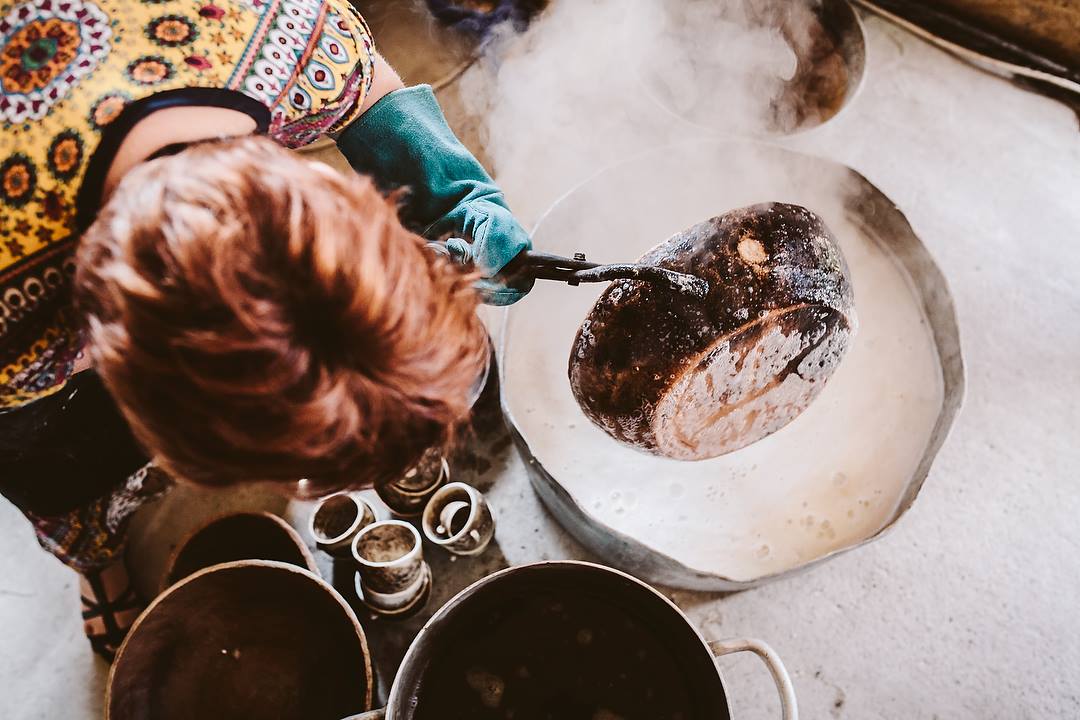 |
For more information click HERE.
This publication has been produced with the financial assistance of the European Union. The contents of this documents are the sole responsibility of Lithuanian Countryside Tourism Association and can under no circumstances be regarded as reflecting the position of the European Union.